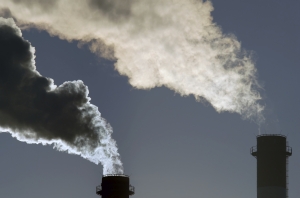2020 is shaping up as (another) key year for Australian climate policy, with the government’s Expert Panel review delivering a 96-page report to the government in March 2020, outlining ways to incentivise new sources of abatement from industry under the Emissions Reduction Fund and Safeguard Mechanism framework.
In addition, Independent MP Zali Steggall’s Climate Change Bill will be considered by parliament in H2 2020, proposing a net zero target by 2050, while the government has announced it will deliver a long-term emissions reduction strategy ahead of COP 26, now scheduled for 2021, after the US presidential election in November.
In particular, the Expert Panel review is likely to propose a range of options to better incentivise emissions reductions from the industrial sector – specifically the energy efficiency, industrial, agriculture and transport sectors – including options to stimulate new sources of supply, and new sources of demand. This is expected to result in the development of a mechanism to credit emissions below baselines under a re-vamped safeguard scheme.
A potential shift towards a traditional ‘baseline and credit’ scheme would have implications for the value of existing Australian Carbon Credit Units (ACCUs). As we noted prior to the 2019 federal election, the crediting of industry emissions reductions could therefore necessitate the development of a new tradable unit to distinguish potentially lower-value industry-credits from high-value land-ACCUs in order to avoid diluting the value of carbon offset units.
In this Update, we outline our expectations for the revamp of Australia’s climate policy over 2020-21, with seven key observations for industry emitters and ACCU price dynamics in the Australian carbon market.















